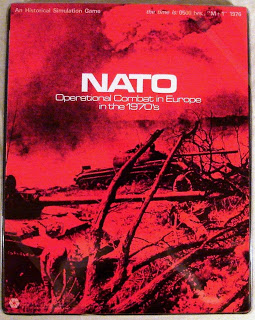
This is a follow-up to the blog post:
One of readers commented on this post and posted the following link: Paper Wargames and Policy Making
In case you are not reading the comments to our blog post, wanted to make sure this was brought to your attention. The article is worth taking a look at just for the pictures. A few highlights:
- “In my lifetime, computer-based simulation have largely taken over analytical gaming, sometimes bringing new levels of investigative power, but often just providing the illusion of it as the details of the models and their simplifying assumptions become invisible to players and to the policymakers whose decisions the games are supposed to inform.”
- However, it gradually became clear [with the Baltic states wargame] — rather disconcertingly–that we were out in front of most of the official planning, not following in its wake.”
- “The resulting game….resolves combat using 12-hour turns and 10-km hexes; units are battalions of ground forces, SAM batteries, and half-squadrons of aircraft (12 fighters or six bombers).”
- “…and they like throwing the dice.”

“Throwing the dice” probably provides a sense of control (or at least a putting of some of one’s physical and emotional effort into producing the outcome). That can be a good thing when conducting the simulation, but so can having the results delivered from the “black box” — being physically/emotionally “engaged” can make the simulation more useful for realistic training and planning, as can having the results delivered from outside the participants’ immediate environment. It’s good to have the simulations create somewhat realistic operating environments that reflect the kinds of environments in which decisions and plans are made by the various participants in the simulations (decisions made during a meeting of the UN Security Council, decisions made in the Oval Office, planning conducted at a country desk, planning conducted at a war table, decisions made from the conning tower of a ship, …). The article did a very nice job of describing the environments involved with the playing of the described wargame (including with pictures).
Interesting. I have some questions.
The impression I got from the article is that the group were developing the rules using a kind of informal prototyping approach. Do you know if they have formalised it to the extent of documenting the rules or is still in people’s heads?
Is it possible to get an idea of the data they are using, (e.g. do they have detailed engagement ranges for various weapons, what unit types are they using)?
Are they intending to cover the full multi-domain battlefield (i.e. cyber warfare, space, autonomous and semi-autonomous drones)?
What level of support is there from senior people, or is this a group of analysts?
It would be good to get an update later on how it was progressing?